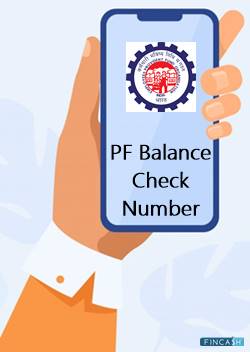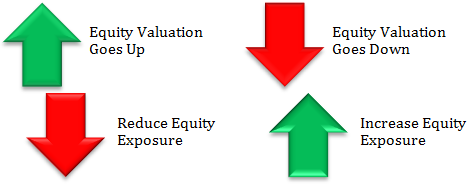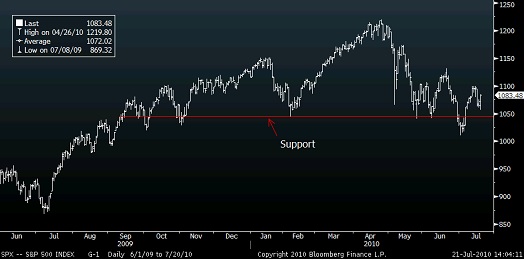Know All About Balance Sheet Analysis
The Balance Sheet of a company, also called the statement of financial position, is meant to showcase the company’s assets, liabilities and the owner’s equity (Net worth).

When compiled with a cash flow statement and income statement, this balance sheet acts as the cornerstone of financial statements for any company.
In case you are a potential investor or a shareholder, it is quite essential to understand the balance sheet and analyze it adequately. Here, in this post, let’s find out about balance sheet analysis and how it can be done properly.
What Role does a Balance Sheet in Financial Statement?
Every business has to come up with three essential financial statements for potential investors to examine, such as:
Balance Sheet
With this piece of information, investors get to know how much money (assets) the company has, how much they owe (liabilities), and what will be left after merging both of them together (shareholder equity, Book Value, or net worth).
Income Statement
This one states the record of profits earned by the company. It helps in figuring out how much money the company has made or lost.
Cash Flow Statement
This one is a record of changes in cash in comparison with the Income statement. This statement helps in understanding where the cash came from and where it disbursed.
Talk to our investment specialist
What do you get Out of Balance Sheet Analysis?
Most of the times, people end up wondering over a question – which are the two parts into which the balance sheet analysis could be divided? To get this answer, let’s first figure out how this sheet is created in the first place.
A balance sheet analysis is generally composed of columns and rows displaying the liabilities and assets of a company and the money that shareholders own. In one column, you will find all the liabilities and assets while in the other, the total amount for each of these categories can be found.
The time period is generally not restricted. While there are companies that release one year’s balance sheet, there are others that put forth multiple years of information. Often, in a balance sheet, assets are listed with respect to how quickly they are going to be converted into cash. And, liabilities get their listing depending upon the due dates.
While looking into a balance sheet, your first goal should be to comprehend the financial health of the company. Preferably, the liabilities, shareholder equity, and assets of a company should be equal. By understanding balance sheet analysis, you can easily determine the following information about a company:
- Debt in relation to the equity
- The time period that customers take to pay bills
- Decrease or increase in the short-term cash
- Percentage of tangible assets and the gain from Accounting transactions
- Number of days to sell the entire inventory
- Results created by the development and research budget
- If there is a decrease in the interest coverage ratio on Bonds
- Average interest that goes in debt
- Way to spend or reinvest profits
Asset Analyzation on Balance Sheet
An asset is anything that has value for a company, including investments, tangible objects, and cash. Generally, companies divide assets into two broad categories, and you will find the breakdown of them in the balance sheet:
Current assets
It is something that can easily be converted into cash within a year, such as stocks, cash, bonds, physical inventory, and prepaid expenses.
Long-term assets
Tangible assets that a company can use for several years, such as machinery, equipment, vehicles, buildings, property, and furniture.
Liabilities Analyzation on Balance Sheet
Liabilities are the monetary value that a company owes. They are usually meant for covering rent, company salaries, utilities, supplies’ bill, deferred Taxes or loans. Similar to assets, even liabilities are divided into two different categories:
Current liabilities
This is an amount that a company owes to others within a short-term, say a year or so. This category includes payable accounts, current debts, ongoing part of long-term debt, and more.
Long-term liabilities
This is the amount that a company has borrowed but isn’t compelled to pay within a short-term. Payable bonds and other long-term debts are counted in this category.
Analyzing the Equity of a Shareholder on Balance Sheet
Shareholder equity is the monetary amount that a shareholder or the company’s owner takes. This can easily be calculated by subtracting liabilities from aggregate assets. This simply means that the shareholder equity also comes under the net income, net worth and the overall value of a company.
While more equity signifies more money going into shareholders’ pockets; Negative Equity means that the assets’ value is not sufficient to cover up the liabilities.
Conclusion
Now that the meaning and significance of a balance sheet is clear; know that you must analyze it before making an investment in a company. Moreover, the information available on a balance sheet can also be used along with additional financial documents, like a Cash Flow Statement or an income statement. Finally, combining all of this data and information will help you comprehend whether you should invest in that company or not.
All efforts have been made to ensure the information provided here is accurate. However, no guarantees are made regarding correctness of data. Please verify with scheme information document before making any investment.












